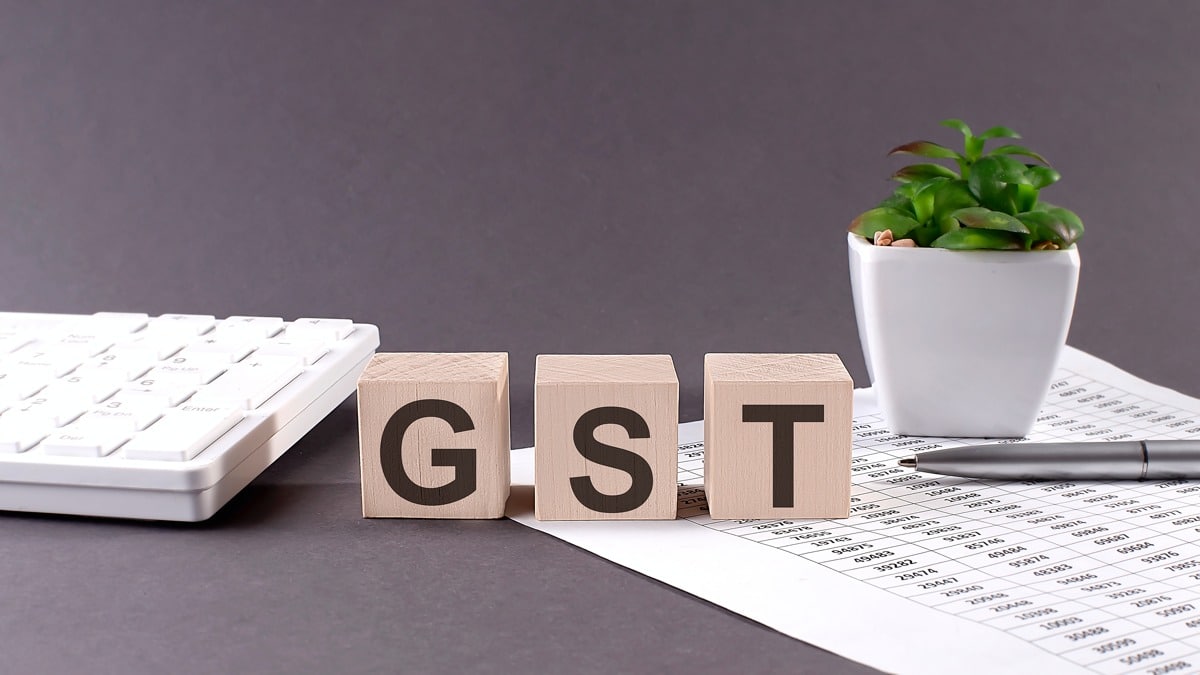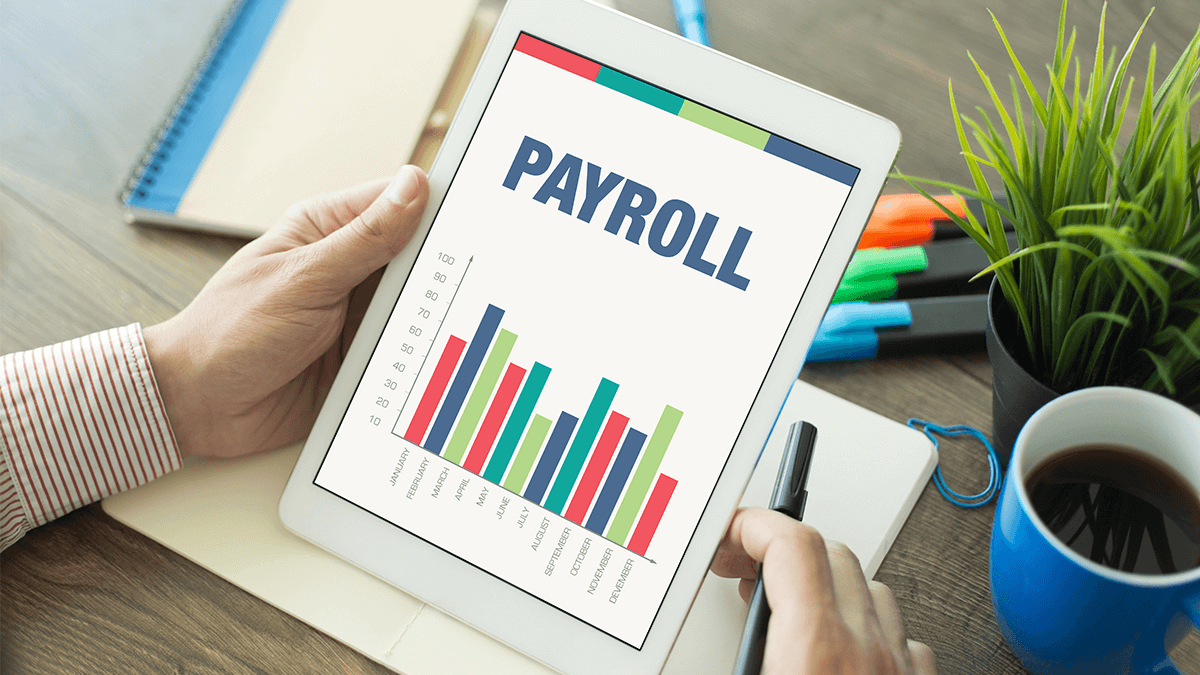Self-managed super funds (SMSFs) have been able to have up to six members since July 2021 and while the proportion of SMSF trustees that take advantage of this remains small – less than 0.2% in the most recent data for June 2022 – it is still a very important change for those people that want to be able to add more members.
For example, most SMSFs start off with just one or two members. But as members’ children mature and become adults, some SMSF trustees seek to add them to their fund. This is particularly useful for families with more than two children, who want all of them to be part of the fund, or for children’s spouses to be included.
What is the process?
The process of adding a member will depend on the structure of the SMSF. If your SMSF is operating under a corporate trustee structure – where a company is set up to act as trustee of the fund – the new member will need to be added as a director of that company.
If it is operating under an individual trustee structure, they will need to be added as another member. Either way, the ATO must be notified in writing of any changes to a fund within 28 days. The change also needs to be discussed, agreed to and recorded in the minutes of a trustee meeting. The trust deed must also allow the addition of members.
As for the new member(s), they must consent in writing to becoming a member. They must also sign a trustee declaration form you can download from the ATO and submit it to the fund. This declaration should be kept for at least ten years and made available to the ATO on request. This is the same form that the original members would have signed and submitted when they established the SMSF. As detailed on the first page of this form, new trustees are also strongly advised to undertake a free SMSF education course.
We strongly recommend you undertake a free trustee education course before reading and signing this declaration. For more information visit ato.gov.au/smsf and search ‘approved education courses’.
Source: ATO
Compliance
Anyone who wishes to become a member must be eligible and must not be a disqualified person. To be eligible, the ATO says you must be able to answer ‘no’ to the following questions:
Have you ever been convicted of a dishonest offence in any state, territory or a foreign country?
Offences of a dishonest conduct are things such as fraud, theft, illegal activity or dealings. These convictions are for offences that occurred at any time, including convictions that have been ‘spent’ and those that the court has not recorded due to age or first time offender.
Have you ever been issued with a civil penalty order?
Civil penalty orders are imposed when an individual contravenes a civil penalty provision. This can be an order to pay a fine or serve jail time.
Are you currently bankrupt or insolvent under administration?
You cannot be a trustee of an SMSF while you are an undischarged bankrupt. You cannot remain a trustee if you become bankrupt or insolvent after you are appointed.
Have you been previously disqualified by the ATO or APRA?
The commissioner of taxation as regulator can disqualify a trustee. This disqualification is permanent and is not just specific to the SMSF you were a trustee of at the time. The Federal Court can make an order to disqualify a trustee of an APRA fund. This is permanent and disqualification does not allow you to operate an SMSF.
Source: ATO
You also cannot have any outstanding tax or super affairs – such as an unlodged tax return or tax debt – if you want to be a trustee or director of a corporate trustee.













